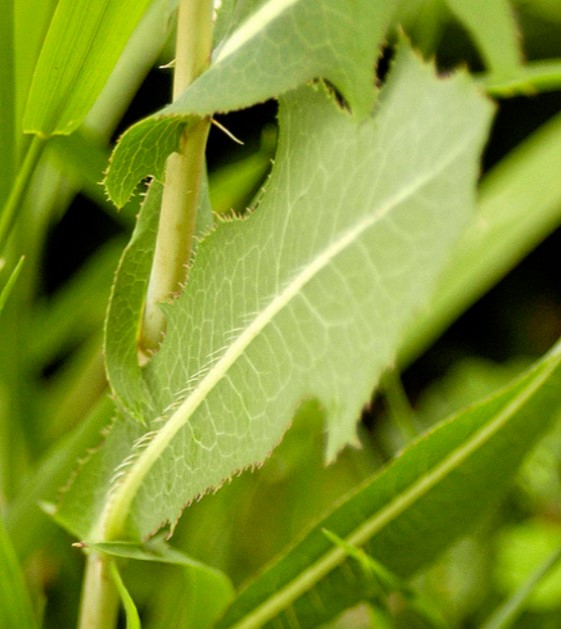Our demand has overwhelmed our supply...
In the UK we are currently experiencing a heat wave, and a minor case of hysteria. One victim of the heat has been our nation’s supply of homegrown lettuce. Shops have seen a huge increase in people buying the leafy green to keep them cool (it is also national picnic week as a side note, which can’t help).
We are experiencing the effects of a system that does not do well with responses to abnormalities.
The cultivated form of lettuce (Lactuca sativa; lac – Latin milk) of which all varieties we know of are cultivars – iceberg, Romaine, green leaf, etc. – was once a very different plant. Let’s go back some 5000 years.
It is Egypt where it is thought that the well-known lettuce was bred first from prickly lettuce (Lactuca serriola). This annual/biennial wild lettuce still grows today in parts of the UK and is edible; though very bitter and requires some preparation to temper this. For example, boiling it a couple of times and serving with strong flavours; as they do in Lebanon serving it with parsley, fresh lemon juice and garlic.
Prickly lettuce is one of four wild lettuces growing in the UK; the rarest being blue lettuce, whilst the other three natives have yellow flowers which will open up around this time of year (July). They are most commonly found on disturbed ground; after roadworks have been and gone you’ll have a good chance of spotting one or two plants coming up.
So, over the course of a few thousand years we went from a very bitter, spiny, and white-latex-sap-producing prickly lettuce to the lettuce you’ll find (or as it were, won’t) in your local shop. To this day, however, interbreeding between wild and cultivated varieties can occur; which is a good thing as it strengthens the resilience of cultivated lettuce varieties.
But it’s not just an ancestor; it was also used for its own inherent properties at various times in history. It was found in many cough medicines in the past and in anaesthetic mixtures because of its perceived soporific qualities. It was of course lettuce that Peter Rabbit’s mum gives to him before bed.
Whilst wild lettuce might be too much of a challenge for our modern taste buds to presently displace cultivated varieties we can take solace in knowing that there really is no lettuce shortage. If we’re in or around the Midlands this is especially true where it is most abundant on our island.
For as long as there are roadworks; there will be lettuce. And as long as there are wild varietals we can be confident in our ability to respond to natural events. But we must protect our wild resources.
Once you know the story of that unkempt-looking lettuce sprouting out from the roadside you’ll appreciate that it really is a lot more than just that. It is the source of all of the lettuce we eat today and we need to believe also tomorrow.

